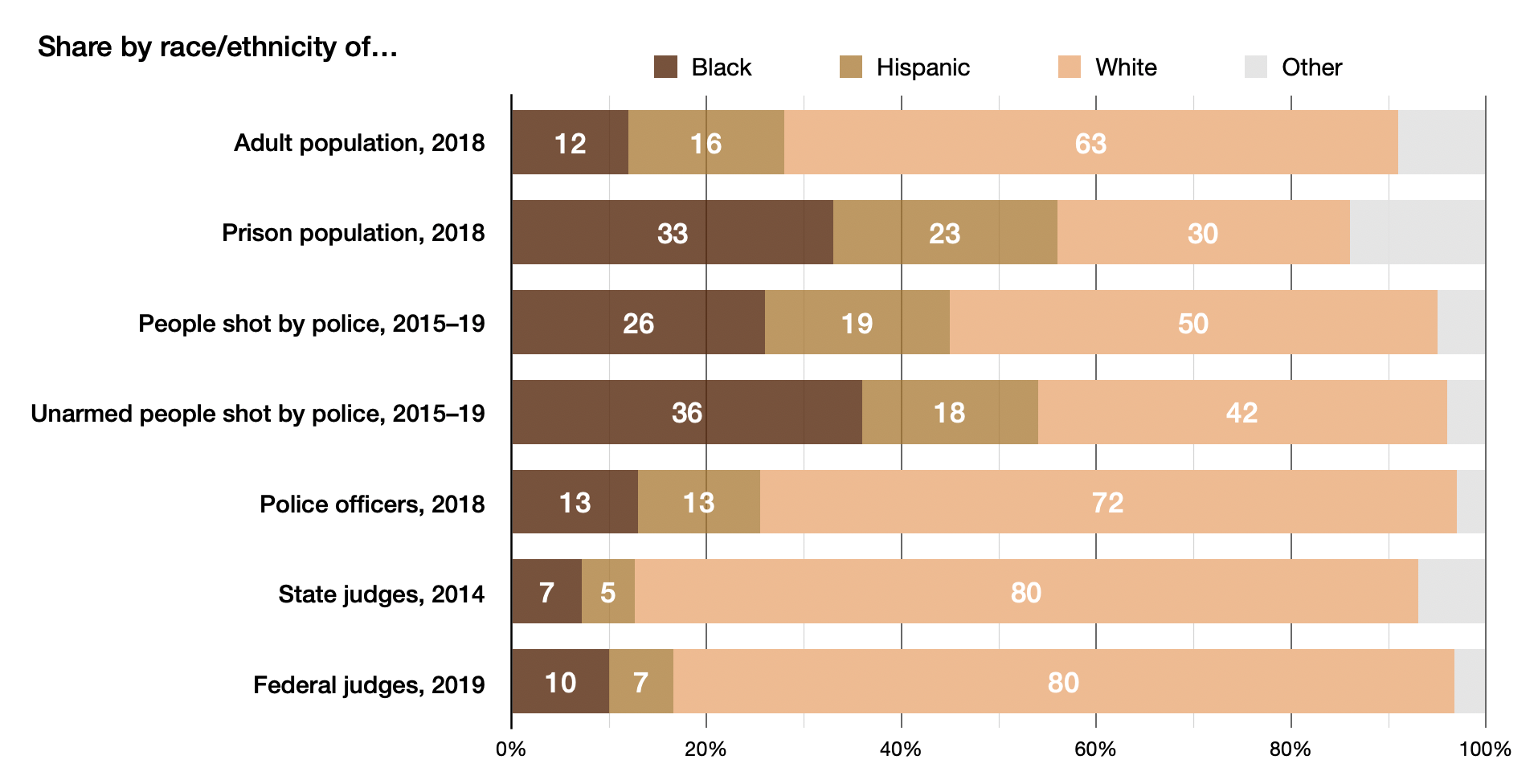CROSSPOST: Religion of Whiteness - Part 2
Crossposted from Healing Minnesota Stories blog
What is it?
(See also Part I: The Religion of Whiteness: What survey data says about White Christians’ attitudes about race and privilege.)
An entire religion has developed in the United States around “the worship of Whiteness,” says Prof. Dr. Michael O. Emerson.
The Religion of Whiteness “believes that White people and White ways are superior, theologically, morally, legally, economically, [and] culturally,” Emerson said.
Emerson spoke this fall at “White Church Truths,” an event sponsored by the Minnesota Council of Churches and held at Westminster Presbyterian Church in Minneapolis. (Video here.) It was part of the Council’s 10-year commitment to address racism and White Supremacy in the church, and seek repair with Black, Indigenous, and other People of Color (BIPOC).
Based on his research, two-thirds of White Practicing Christians are part of the Religion of Whiteness, said Emerson, head of the University of Illinois-Chicago Sociology Department. It “disguises itself as being Christian. … It’s not.”
Like other religions, the Religion of Whiteness has its own set of sacred symbols, beliefs, and practices.
Its sacred symbols include White Jesus, Emerson said. (It mocks representations of Jesus that aren’t White.) They include images that merge the Cross and the U.S. flag, “a fusion of Christian symbols with American civic life, and an allegiance to an American (white) identity.”
Increasingly, firearms have become a sacred symbol, too.
(A 2020 Religion Unplugged story: God and Guns: Why American Churchgoers Are Packing Heat quotes Carl Chinn, “a leader of the life safety movement within American churches,” saying “Clear back to the times of Christ, protection was taken seriously. … David was the model of the warrior, the warrior king. He was a special ops king.” [Note: King David lived about 1,000 years before Christ.])
Religion of Whiteness members believe God is on the side of the winners. “They make a circular argument,” Emerson said. “Why do you have lots of things? Because you are in God’s favor. If you are in God’s favor, you have lots of things.”
The Religion of Whiteness practices what Emerson calls the “Epistemology of Ignorance,” a practice of “not knowing” — simply denying or ignoring the racial injustices that exists in this country.
(In the afternoon session of White Church Truths, the Rev.Dr. DeWayne Davis, lead minister at Plymouth Congregational Church, used a similar turn of phrase, what theologian Miguel De La Torre called “flourishing mendacity.” It’s a “kind of anti-intellectualism that refuses to know — because ‘to know’ may require you to change, or to give something up,” Davis said.)
The more in-your-face the racial injustice, the more the Religion of Whiteness pushes back, Emerson said. Facts aren’t persuasive because they threaten its members’ worldview, way of life, and their very identity.
In the Religion of Whiteness, reparations is a curse word.
Prof. Dr. Michael Emerson
Emerson has been teaching undergraduate sociology students about race relations for 32 years, and “for 32 years it hasn’t changed,: he said. “White students come into my class, we talk about things going on with race and ethnicity, and they say:
‘How come I didn’t know this?”
“I wasn’t aware.”
“Nobody told me.’”
It reflects the ingrained practice of “not knowing” in much of White society.
The Religion of Whiteness will talk about “reconciliation,” but only in the narrowest of contexts. “It gets individualized,” Emerson said. “It means making friends across race.”
The Religion of Whiteness chooses to ignore the ways that laws and systems create institutional racism and harm, such as the mass incarceration of BIPOC men.

Bar graph of racial shares of prisoners, police officers, judges, and police shooting victims for the U.S. in the late 2010s. Image: Carwil.
The Religion of Whiteness shuts down any talk of systemic racism and oppression, and “reparations is a curse word,” Emerson said.
Religion of Whiteness followers fall into two groups, he said. About 75 percent he calls ‘White Veil,’ those who say there is no race and no white privilege, only people.
But color blindness doesn’t work, Emerson said. It’s like a person with cancer saying “All I can see is a healthy body.”
“You can’t just say that it’s not there,” he said. “It disempowers people from being able to talk about the reality” of racism.
The other 25 percent of Religion of Whiteness members Emerson calls “White Soldiers.” “They are the ones, when there is push back, they are on the front lines defending the faith.”
Part III: Christian people of color tell stories about how they experiences the Religion of Whiteness.



